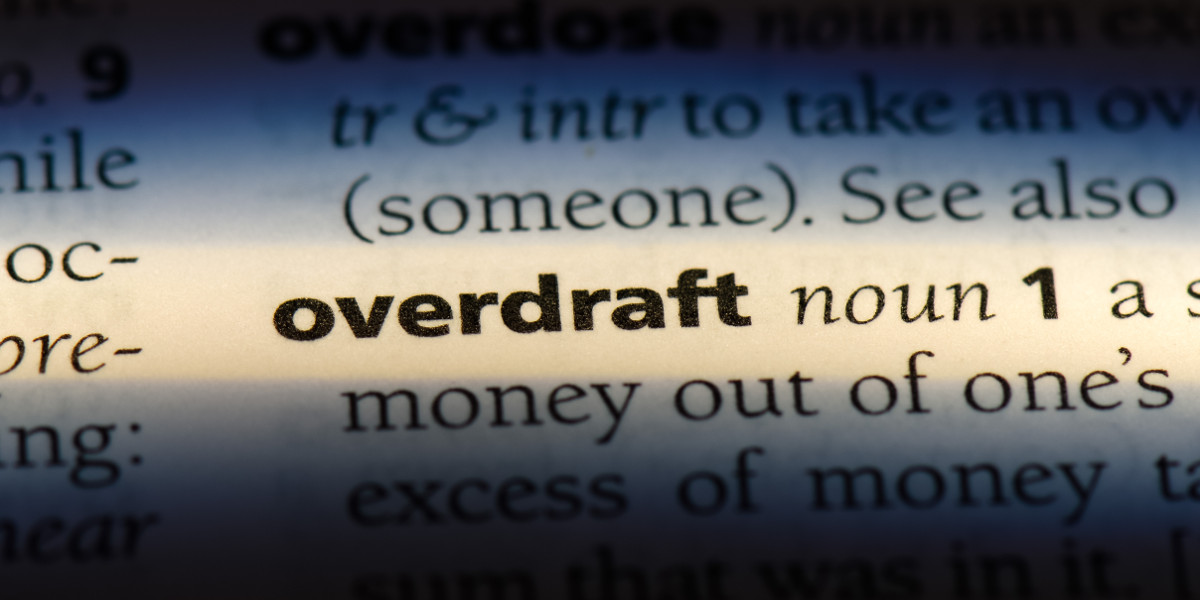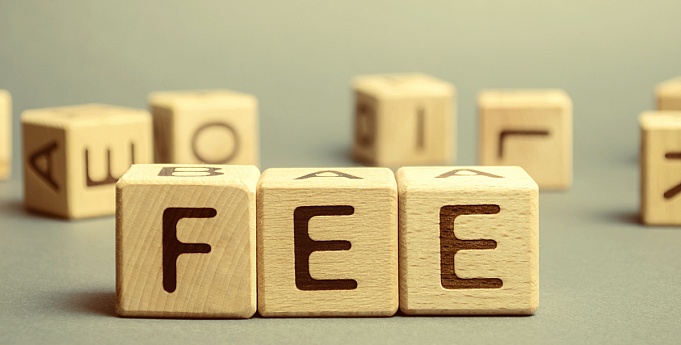What is the Difference Between a Personal Loan and an Overdraft?

Life is full of surprises. Unfortunately, some of those surprises come with costs that we are unable to cover with our current cash on hand. Fortunately, there are options available. One of them may be a personal loan. Another option is overdraft protection. While both can provide you with much-needed cash to pay for a financial need you currently have, there are quite a lot of differences between these two options.
Personal Loan vs. Overdraft: Overview
A personal loan, in case you are unaware, is an unsecured loan with a fixed interest rate. Payments are made in installments over a fixed period of time that was agreed upon by the lender and the borrower. Because these are unsecured loans, these do not require you to put up any collateral. The lender also may not have any right to appropriate any of the borrower’s property should the latter default on the loan.
An overdraft is when the account owner withdraws money from his account and his balance goes below zero as a result. In short, you have insufficient funds to cover any charge or withdrawal made to your account. Overdrawing your account can occur when you write a check, swipe your debit card, make automatic payments from your account, or withdraw cash from an ATM.
In the US, financial institutions provide consumers with overdraft protection which covers your shortfall until you are able to deposit enough funds into your account. Take note that the bank will still charge you an overdraft fee which is typically over $30. While the amount is generally the same for most banks, the rules on when the fee applies and what other fees will be charged will depend on your bank. Some of the fees that you may be faced with include an insufficient funds fee, overdraft protection fee, and extended overdraft fee.
Personal Loan vs. Overdraft: Fees
Both personal loans and overdraft protection come with a variety of fees. While it doesn't necessarily mean all fees will be applied when you get the loan or overdraft protection, it's important that you have a good understanding of them so you can keep an eye out for them.
Personal loans may charge you an application fee which is typically for the cost of processing your application. While these are usually not very high, some lenders do charge up to $100. Take note that the application fee is non-refundable, even if the loan is denied. If you go with a broker or service that connects you to multiple lenders, expect to also pay a brokerage fee. Some lenders also charge a closing fee which may be included in your monthly payment or taken out of the amount that you were approved on. Another fee that you may be charged with is the origination fee. This is also called a disbursement or establishment fee that is rolled into the monthly cost of your loan or taken out of the amount you are to receive. A late payment fee is charged if you are not able to provide your monthly payment by your due date.
One fee that personal loans and overdrafts have in common is the NSF or non-sufficient funds fee. With a personal loan, each time a repayment doesn't go through or the payment is returned due to a lack of funds, you'll be charged with this fee. With an overdraft, you are charged with an NSF fee each time you overdraw your account. Take note that with personal loans, you're only charged an NSF fee (also known as a returned payment fee) once a month by your lender. However, you may also be charged by your bank for the same reason. With an overdraft, you can be charged a non-sufficient funds fee several times a day, usually with a maximum of four to six times.
Aside from the NSF fee, overdrafts can also cause you to be charged an overdraft protection fee and an extended overdraft fee. An overdraft protection fee is charged by your bank every time it transfers money from one of your other accounts such as a savings account, credit card, or line of credit in order to cover the cost of your overdraft. Take note that online banks usually offer overdraft protection for free. However, standard banks usually charge $10 to $12.50 for each transfer. While this costs less than an NSF fee which typically costs $35, it can drain your savings or use up your credit card/line of credit because the bank is not mandated to notify you every time they perform an overdraft transfer.
An extended overdraft fee, on the other hand, is when your account balance remains overdrawn (in the negative) for a certain period of time, typically five to seven business days. This means that you need to put your balance back in order within that time frame unless you want to get charged with more fees. Some banks charge this for every day that your account is below zero while others charge you once every five days. The maximum number of times you are charged with an extended overdraft fee will vary by bank.

Personal Loan vs. Overdraft: What is the Best Option?
It depends. There are different types of overdraft protection. You can get a line of credit where you are essentially borrowing money from your credit union or bank to cover your overdraft. Any amount they lend you to cover your overdraft will incur interest which is on average around 18 percent (APR). Linking to your credit card is another type of overdraft protection. The funds from your card will cover the cost of the overdraft. Aside from the overdraft protection fee, you will also be charged a cash advance fee (two percent to five percent of the amount loaned) which is how credit card companies view such a transaction. In addition, cash advances are also charged interest, usually higher than your regular credit card transactions. The average cash advance APR is 23 percent. If your overdraft protection is linked to a savings account, there isn’t any interest charged to you because you’re basically using your own funds to cover the overdraft.
Like the two types of overdraft protection, personal loans also charge an interest rate. And the APR given by a lender will depend on a number of factors such as your income, credit history, and credit score. A good credit score can get you a low-interest rate, possibly lower than what you’d get on your overdraft protection if you were charged interest. However, not everyone has a good credit score. So, what does that mean?
You get overdraft protection if you just need money to cover a small purchase (less than $2,000) or would like something short term. It’s best if you can link it to your savings account so that you don’t even have to worry about getting charged interest. A personal loan is much more suitable for one-off large purchases such as a medical emergency, home repair, or car repair. If you’re not sure which way to go, it’s best you look at the amount you need, the interest rate provided, and any fees that you may be charged with. It’s important to choose the option that enables you to easily pay off the debt and avoid the one that will just pull you deeper in the red.


